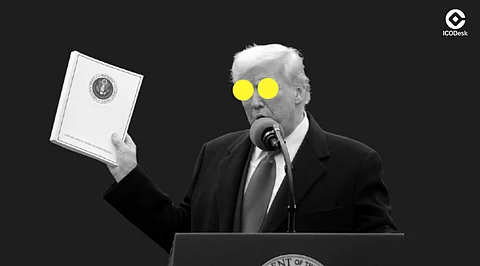

The current trade proposal by former President Donald Trump simplifies the US tariff system. The plan introduces fixed tariffs of 15-50%, depending on each country's relationship status with the US. Trump announced an AI summit held in Washington, and according to him, the highest rates will be applied to countries with bad relations with the US.
This is unlike earlier proposals that recommended a uniform 10% tariff on everything coming in as imports. Howard Lutnick, the Commerce Secretary, had earlier indicated that smaller nations would have a lower initial rate of approximately 10% especially in Africa, Latin America, and the Caribbean. Trump, however, has rejected the notion of negotiating individual treaties, and instead, he has written formal letters to over 150 countries explaining their new prescribed tariffs. In Trump's opinion, these letters are severe trade conditions, although the majority of them do not provide any space for negotiation unless the addressee perceives significant concessions.
A number of countries have already discussed lower prices to prevent added expenditures. As a stroke example, Japan was able to negotiate its suggested 25% rate to 15%, open the US market to more US products, and endorse a 550 billion investment fund. The Philippines also agreed to a deal whereby its exports are slapped with a 19% tariff, but American products are brought in duty-free.
Indonesia concluded a similar agreement. The US will impose a 19% tax on Indonesian products or a 40% tax on transshipment. As noted by a US trade official, 99% of US imports into Indonesia will continue to be untaxed. These cases indicate an evident inclination towards diluted agreements with countries accepting prescribed terms or being subjected to increased responsibilities.
The European Union is still effectively negotiating with the US. According to the Financial Times sources, Brussels' efforts are aimed at ensuring that the tariff increase is at 15% to prevent reaching 30% through the cap. Member states are showing interest in taking the deal, although not all are comfortable with it.
The two are pursuing a waiver of certain products, including aircraft, medical equipment, and alcohol. Nonetheless, steel and aluminium exceeding the pre-determined quotas by up to 50% could result in heavy tariffs. According to EU officials, it finally comes down to whether Trump approves it or not, and that is anyone's guess.